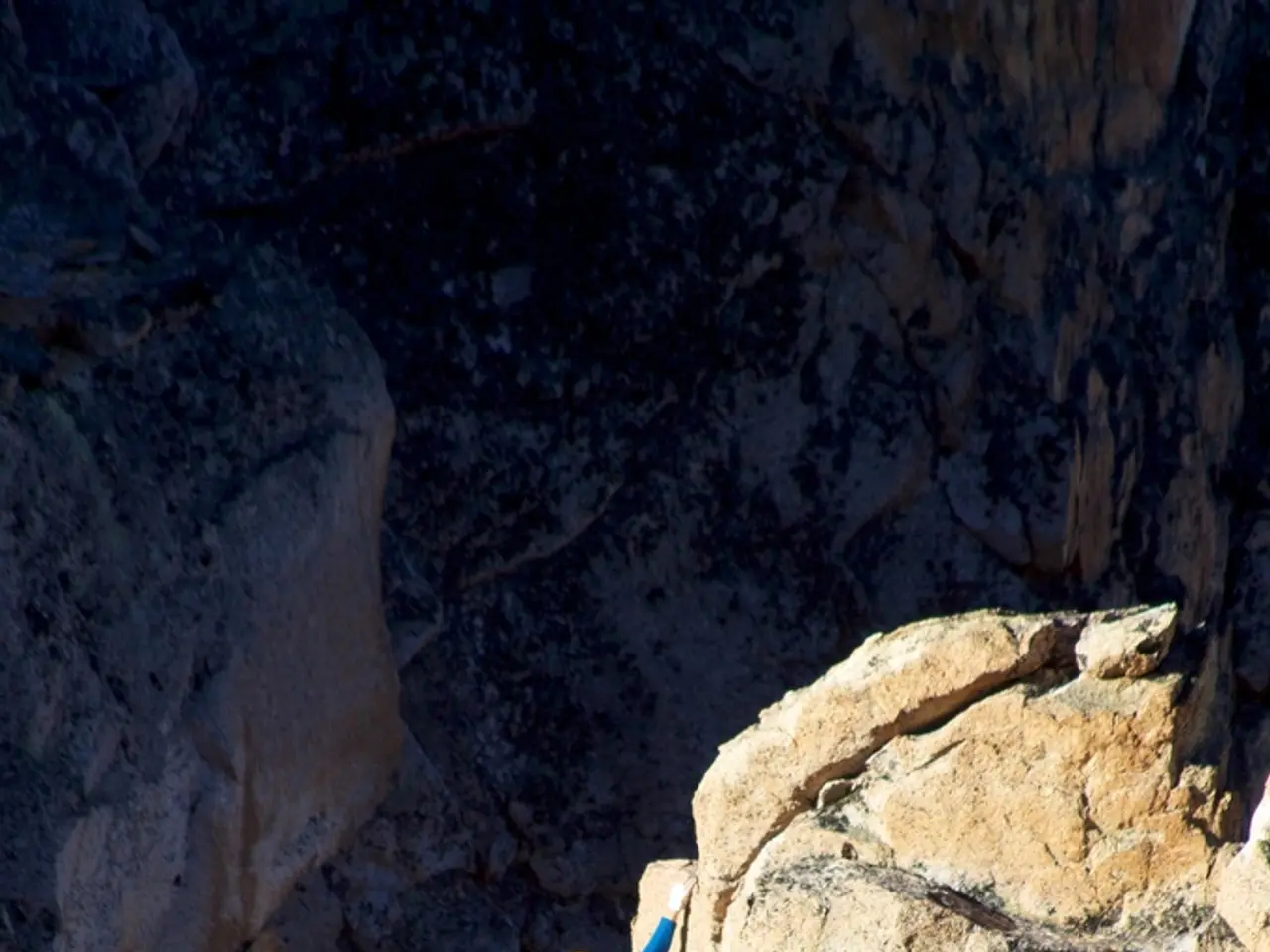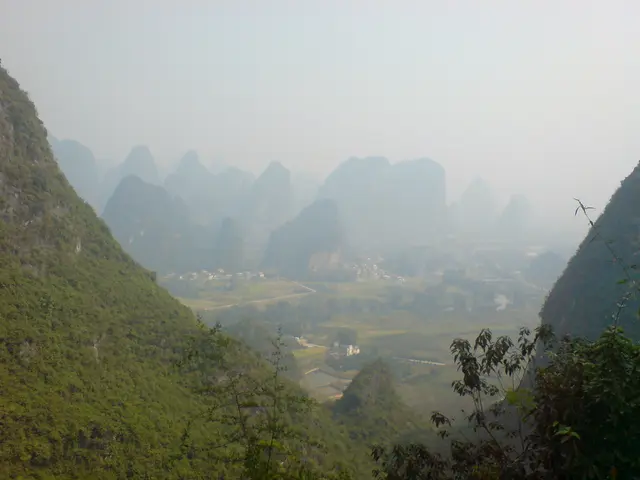Climbing Novice's Guide: Selecting the Appropriate Mountain for Ascent
Mountain climbing is an exhilarating adventure that offers a deeper connection with nature. For those new to this challenging pursuit, Nepal provides an ideal starting point. This South Asian country, nestled in the heart of the Himalayas, offers a range of beginner-friendly mountains that cater to those seeking their first mountain climbing experience.
Essential Skills and Experience
Before embarking on a mountain climbing journey, it's crucial to possess certain skills and experiences. These include proper physical fitness, knowledge of climbing gear, navigation skills, climbing safety protocols, first aid training, a good understanding of the mountain, mental toughness, and experience climbing smaller and easier mountains.
Beginner-Friendly Mountains in Nepal
Popular beginner-friendly mountains in Nepal are those with moderate altitude, non-technical trails, and well-established routes combined with teahouse accommodations. Some of the best options include:
- Langtang Valley Trek: Often considered the best beginner trek, it features moderate difficulty, starts near Kathmandu, and offers rich flora, fauna, and great views of various Himalayan peaks up to about 4,984m at Tserko Ri.
- Ghorepani Poon Hill Trek: Rated as easy to moderate difficulty, it is a very popular beginner trek reaching a maximum altitude of 3,210m, famous for spectacular Himalayan sunrises with stone staircases and forest trails.
- Khopra Danda/Ridge Trek: Another beginner-friendly trail with excellent mountain scenery superior even to Mardi Himal, usually combined with the Ghorepani Poon Hill trek, lasting about 7-8 days.
Other easy treks suitable for beginners or families include Everest Panorama Trek, Ghandruk Loop, Helambu Trek, Mardi Himal, and Annapurna Luxury trek with easy walking routes around 2,100m altitude.
These treks have minimal technical climbing and do not require advanced mountaineering skills but offer good acclimatization and views of the Himalayan mountains. They mainly involve trekking rather than technical mountain climbing on difficult peaks.
Factors to Consider
When selecting a first mountain ascent, factors such as difficulty level, elevation, safety, trail conditions, season and weather, duration, guided mountain climbing, physical fitness and experience should all be taken into account. Lack of immediate help during emergencies can be a concern in independent mountain climbing.
The Challenges
The process of ascending and descending the summit of a mountain involves overcoming challenges. These can include feet-deep snow, powerful snow winds, decline in oxygen levels, and slippery slopes. Arranging all the climbing equipment for independent mountain climbing can also be a hassle.
Safety Precautions
Safety precautions during mountain climbing include dedicating time to training, getting familiar with the mountain route, checking the weather forecast, planning the journey, using the right safety gear, securing the ropes, inspecting the knots, carrying sufficient energy snacks and staying hydrated, acclimatizing when necessary, climbing in groups, remaining calm during challenging situations.
Guided Mountain Climbing
Guided mountain climbing typically costs more due to the need for guided assistance and specialized gear. However, it offers a well-structured and organized journey with a higher success rate. It also ensures safety, provides valuable knowledge, and includes the use of specialized gear.
Independent Mountain Climbing
Independent mountain climbing offers complete control over the journey, including route selection and itinerary adjustments. It can help build confidence and boost skill development. However, it may not offer the same level of solitude as guided mountain climbing and can be a riskier journey due to the lack of additional support.
Proper Training and Preparation
Proper training and preparation are essential for successful mountain climbing. Choosing the right mountain to climb is crucial for beginners as not all mountains are beginner-friendly. Summiting Mount Everest, the tallest peak in the world, is the ultimate dream for many mountaineers, but it's a challenging goal best left for experienced climbers.
Essential Gear
Essential mountain climbing gear for beginners includes a climbing helmet, harness, climbing shoes, carabiners, belay device, climbing rope, slings and quickdraws, chalk bag and chalk, climbing nuts and cams, prusik cord, backpack, climbing clothing, headlamp, nutrition and hydration, first aid kit, navigation tools, emergency communication devices, sunglasses, climbing guidebook.
In summary, for beginners aiming to experience the Himalayas with relatively easy trails and stunning mountain views, the Langtang Valley, Ghorepani Poon Hill, and Khopra Danda treks are among the best options in Nepal. With proper training, preparation, and the right gear, these treks offer an unforgettable introduction to the world of mountain climbing.
- For those considering a solo mountain climbing adventure, taking time to learn essential skills such as climbing gear usage, navigation, safety protocols, and first aid is crucial.
- The Khopra Danda/Ridge Trek, often combined with the Ghorepani Poon Hill trek, offers excellent mountain scenery and is suitable for beginners, making it a popular choice for those embarking on their first mountain climbing journey.
- To ensure a safe and successful mountain climbing experience, factors like trail conditions, season and weather, and elevation should be carefully considered before selecting a mountain.
- While independent mountain climbing may offer complete control over the journey, it can come with risks due to the lack of additional support, so it's essential to be well-prepared and equipped with the right gear.
- For those seeking a more structured and organized mountain climbing experience with specialized gear and increased safety, guided mountain climbing may be a better option, offering valuable knowledge and expertise.








